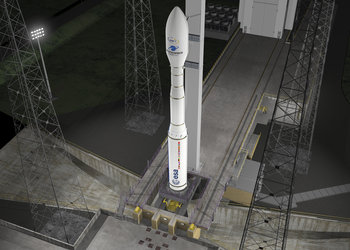European industry gears up for Vega-C debut in 2019
With just one year before Vega-C lifts off from Europe’s Spaceport in French Guiana, preparations for Europe’s next launcher are gaining momentum.
Vega-C will increase performance from Vega’s current 1.5 t to about 2.2 t hauled to its reference 700 km polar orbit, with no increase in launch costs.
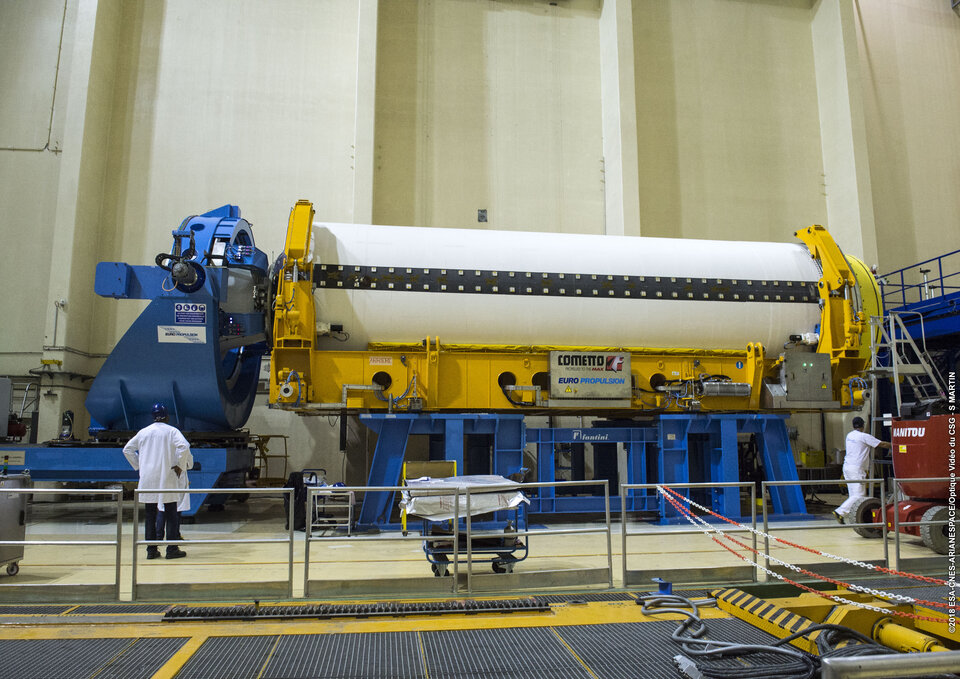
Thrust in the first phase of flight comes from new solid-fuel first and second stage motors, P120C and Zefiro-40 respectively.
P120C’s upcoming first hot static-firing test at Europe’s Spaceport will prove the design, new materials, techniques, tools and components.
Developed by Europropulsion under contract to Avio and ArianeGroup, P120C is 13.5 m long and 3.4 m in diameter – the largest solid-propellant motor ever built in one segment. Two or four will also be used for Ariane 6.
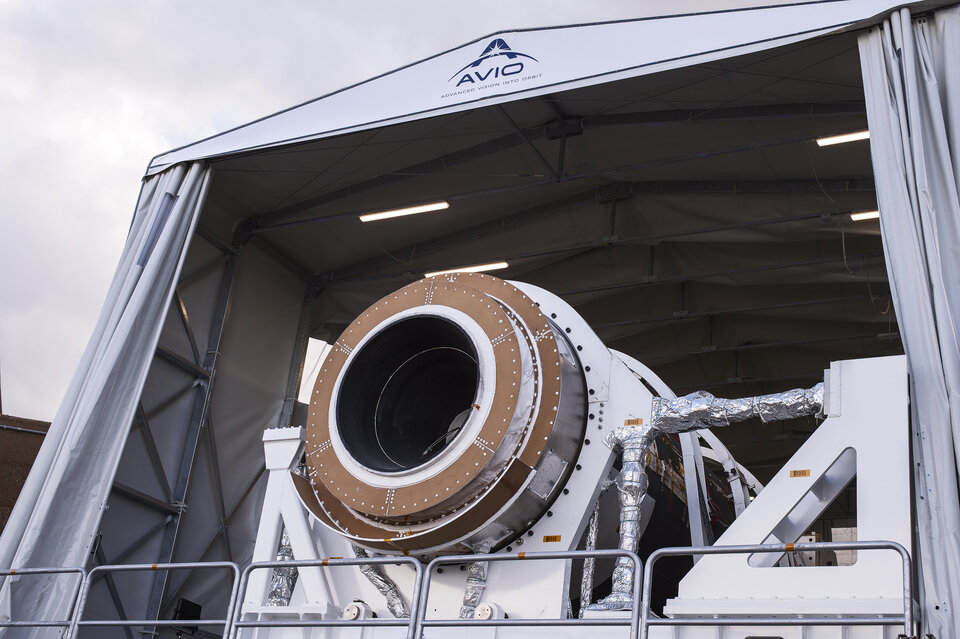
Zefiro-40, developed and manufactured by Avio in their Colleferro factory, was static fired on 8 March in Sardinia. The resulting test data will guide the qualification and flight models design.
The AVUM+ upper stage, derived from the current Vega AVUM, has been improved. The liquid propellant capacity has been increased by about 150 kg and the structure has been optimised by using carbon composite sandwich panels. Developed by AVIO, it will improve the flexibility of the launcher to deploy one or more payloads thanks to its 2.45 kN main engine and new avionic equipment.
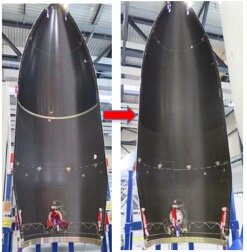
Vega-C’s 3.3 m diameter fairing can accommodate larger payloads. An ‘out-of-autoclave’ manufacturing technique developed by Ruag Space in Switzerland reduces cost, saves time and enables production of very large composite panels.
Electromechanical thrust vector control systems that guide and control the vehicle stages at each phase of flight are in development, harnessing leading-edge manufacturing processes to enhance performance.
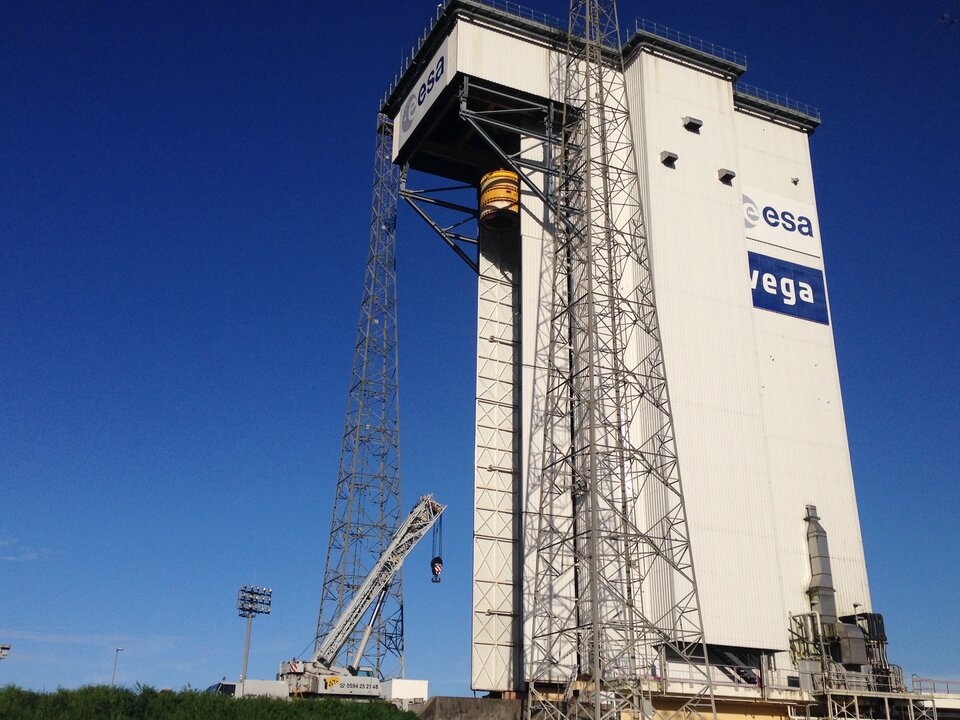
The Vega launch pad and mobile gantry are being modified to accommodate Vega-C requiring a more powerful crane, new pallets, and modified fluid services.
The crane that will hoist Vega-C’s 40-tonne second stage has been installed in the mobile gantry, and is currently undergoing mechanical and lift qualification tests.
The next milestone in this ambitious schedule is the upcoming Vega launch using equipment that is ready for Vega-C leading into a period when launch facilities accommodate both vehicles.



